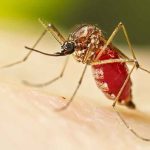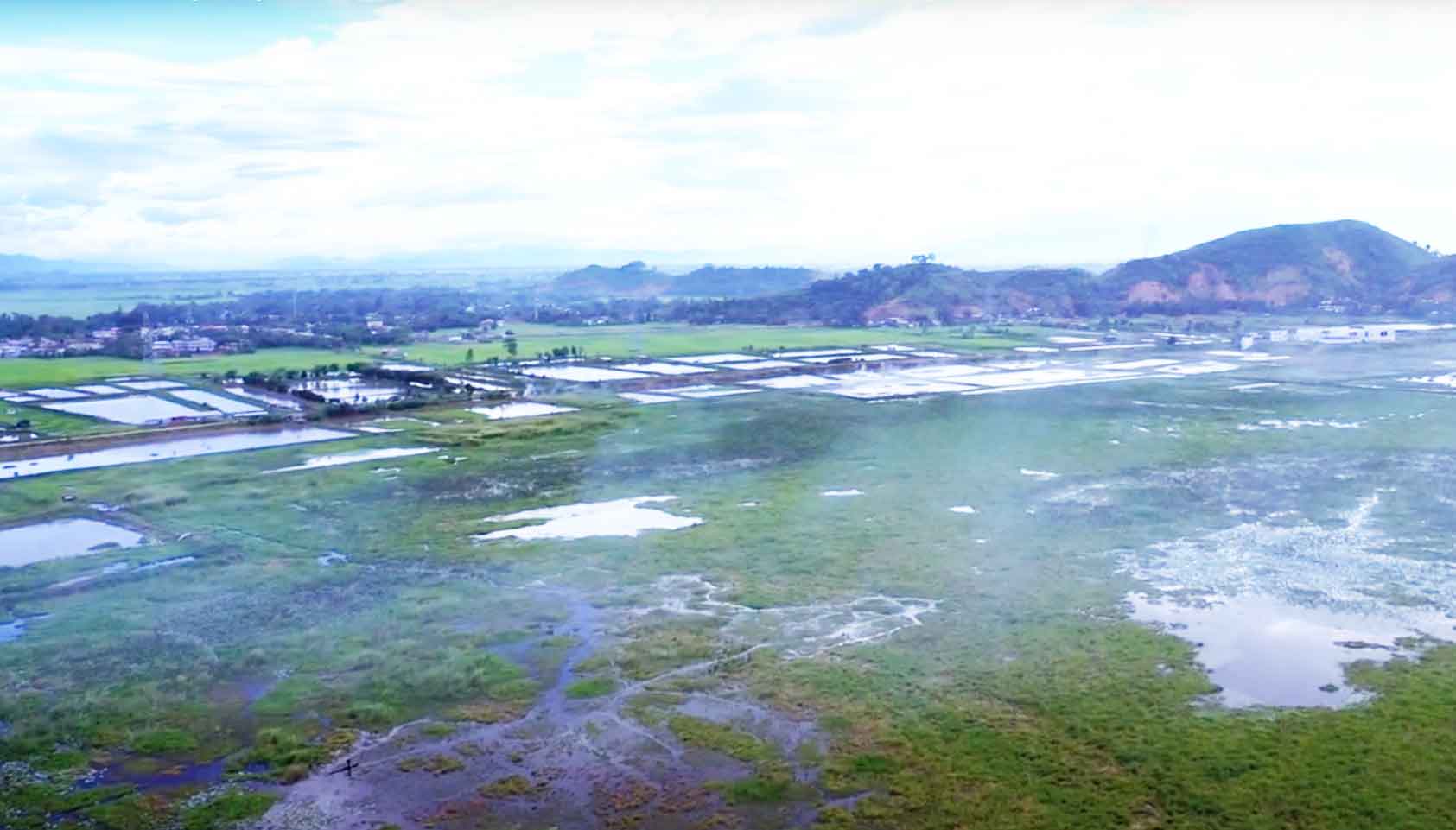N. Munal Meitei
Environmentalist email: nmunall@yahoo.in

Wetlands are areas where water is the primary factor controlling the environment and the associated plant and animal life. They occur where the water table is at or near the surface of the land, or where the land is covered by water.
Rainfall that reaches the ground can be absorbed up to 60% into the soil and rest flow over the land. When a wetland is able to capture this water before it enters the streams or rivers, it functions like a natural filter giving cleaner water in downstream.
Wetlands plays vital role for the future of humanity. Wetlands host a huge variety of life, protect our fields, provide natural sponges against river flooding and store carbon to regulate climate change. Unfortunately, wetlands are often viewed as wasteland and more than 64% of our wetlands have disappeared since 1900.
According to a survey conducted by the Remote Sensing Application Centre, there are 17 lakes and 2 ox-bow lakes in Manipur. Maximum number lakes are in Imphal and Kakching districts. However there are also a number of smaller lakes which are termed as kom (pits). About 134 waterlogged marshy and swampy wetlands are in different districts with the highest numbers in Imphal valley (69), followed by Thoubal & Kakching (40) and Bishnupur districts (21).
At present, there are 156 wetlands in Manipur of the size greater than 2.25 ha occupying an estimated area of about 53270 ha which is roughly 2.38% of the total geographical area of the state. Out of the 156 wetlands, 21 are natural lakes, 2 are ox-bow lakes 3 are impoundments while the remaining 130 are water-logged areas.
These wetland features have been closely related to the evolving Geo-physical features of the state. In the state, there were about 500 lakes in the beginning of the 20th century. They have been reduced fast in the past few years and as a result, hardly 17 lakes were found existing in the state now.
Loktak Lake is the most important fresh water lake in the state. The Loktak Lake, a Ramsar Site on 23/3/1990 but put in Montreux record on 16/6/1993 covering an area of 24672 ha is the largest fresh watered lake of the North-East. Other major wetlands of the state are Pumlen/Khoidum/Lamjao Pat (8022 ha), Ikop and Kharung Pat (6520 ha), Loushi Pat (1864 ha), Poirou Pat (810 ha), Waithou/Phumnom Pat (465 ha), Sana pat (282 ha), Aonbikhong Pat (225 ha) and Utra Pat (185 ha).
These wetlands support a rich Biodiversity. The recent survey reveals, the presence of 137 species of plants belong to 77 genera in 21 families. When compared with the wetland flora of other states, the wetlands of Manipur showed a very rich in species diversity. The common plants are Alocasia cucullata, Alpinia galanga, Alpinia nigra, Hedychium stenopetalum, Sagittaria trifolia, Zizania latifolia etc. The edible species like Acorus calamus, Cyperus rotundus, Dactyloctenium aegyptium, Hedychium marginatum etc. are also common in these wetlands. Many of these wetland plants are dwindling due to the degradation of the lake habitat itself.
The total water birds count in the wetlands of the state during this year, 2024 were 14,235 belonging to 45 species including 17 migratory, 26 resident and 2 local migration species in 11 families. The numbers is dwindling since the previous years; 21,634 in 2023, 47,472 in 2022, 37,992 in 2021, 36,434 in 2020 and 50,725 in 2015. The faunal richness of our state’s wetlands represent 10.80% of the whole country though our state represent only 0.7% of the national geographical area.
As per the remote sensing data that about 78% of wetlands in the state are found infested with weeds during the pre-monsoon season. During the post-monsoon season, September onwards 72% of wetland is covered with aquatic vegetation. The lakes in the state are comparatively old with their own distinct characteristic life-span, topographic, physiographic as well as hydrologic features.
Loktak Lake with an area of 287 sq. km is the largest and around 12 towns and 52 settlements with over 14% of state’s population depend directly or indirectly upon Loktak Lake. Loktak Pat, the mirror of Manipur constitutes an important asset of Manipur’s natural heritage.
Off the valley’s 22 lakes, 9 have silted up and drained for fish farm and cultivation in the last two or three decades. Loktak Lake itself has shrunk from 495 sq. km in 1971 to just 287 sq. km (Singh, 1989). Overall 34 streams from the western hills and the Manipur River through Khordak drain into Loktak Lake. Unluckily, highly polluted rivers like Nambul and Nambol rivers also drained in this lake. It has been observed that the silting rate is increased by 69.94% during 1967 to 2003. High sediment deposition in the lake turns the lake turbid and deteriorating water quality challenging the environmental including the Keibul Lamjao National Park.
Now, we are having the Manipur Conservation of Paddy Land and Wetlands Acts, 2014 to conserve our invaluable wetlands. Therefore we need to save our wetlands that we think as wasteland for the future generations.












